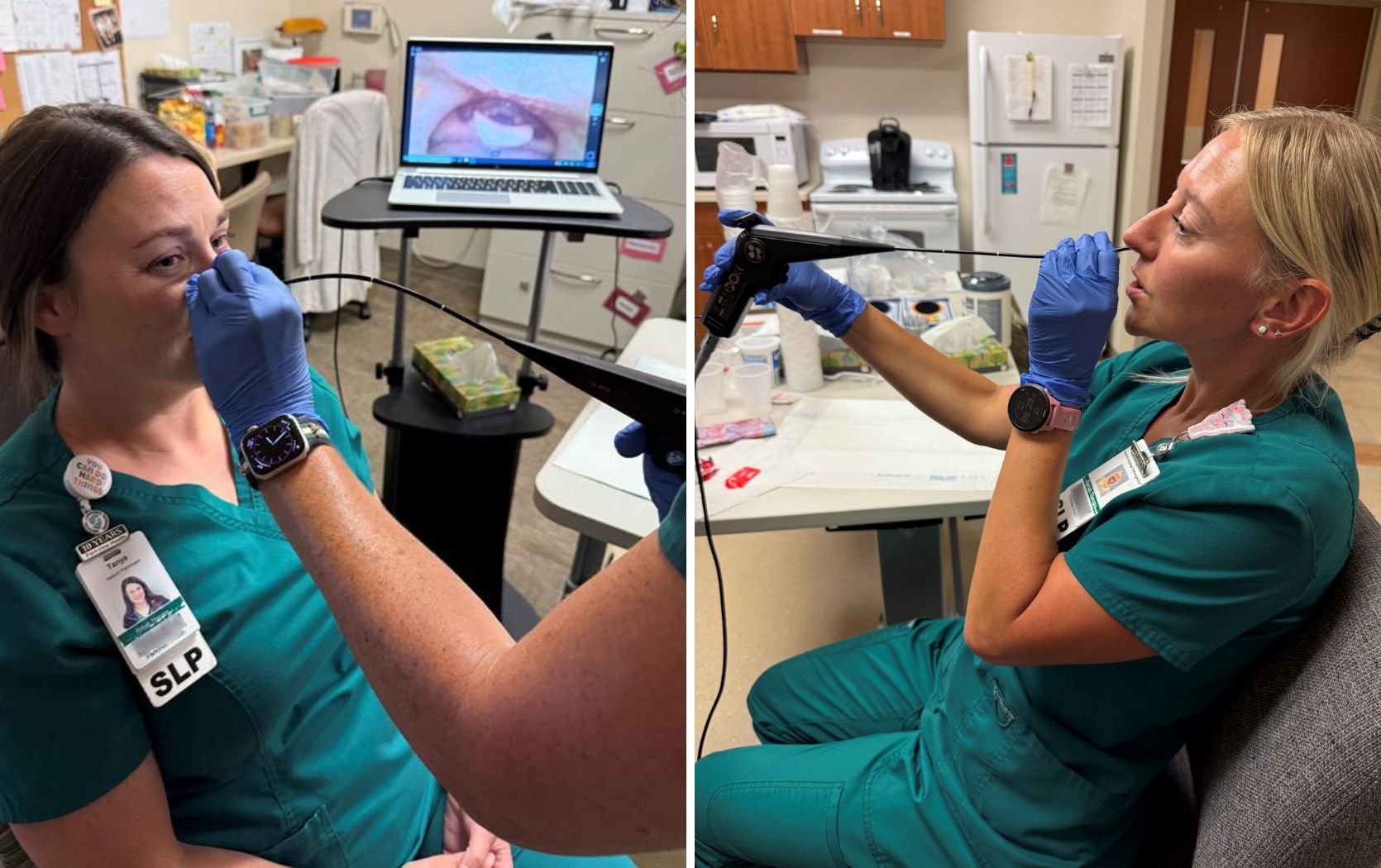Seizures are more common than you might think, and if you are nearby, it’s important that you know how to lend a helping hand. Celina Jones, BSN, RN, ACLS, PALS, BLS, TNCC, ENPC, Emergency Department, Parkview Hospital Randallia, offers some general guidance while walking us through the steps of assisting someone having a seizure and ways of managing the situation until help arrives.
Seizures defined
A seizure is a sudden, uncontrolled electrical signal or disturbance in the brain. It usually affects how a person might appear or act for a short period. Anyone can have a seizure, and there are many reasons why they can occur. Some of the most common reasons can include:
- Low blood sugar
- A high fever (specifically in an infant)
- A massive stroke
- A chronic condition like epilepsy
Typically, a seizure will last 1-3 minutes. Anything lasting longer than five minutes is considered a medical emergency, and someone needs to call 911. Also, after five minutes, it’s likely the seizure will not stop without medical intervention from a trained provider.
What to look for
When someone has a seizure, the signs might range from mild to severe and vary depending on the type of seizure they experience. Some common symptoms to watch for might include:
- Blank stares or staring
- Temporary confusion
- Loss of consciousness
- Unresponsiveness
- Rigid body or stiffness
- Uncontrollable jerking movements of the arms and legs
- Breathing problems or stopped breathing
How to help
If you come upon or are with someone who is having a seizure, here are steps you can take to help:
- Protect the person and keep them safe: Someone having a seizure will be unaware of their surroundings and unable to control their movements.
- Turn the person onto their side: If someone has a seizure, you need to lay them down, then turn them to the side, so they are in a sideline position. This will help prevent their tongue from obstructing their airway while allowing any saliva to drain down the side of the mouth/face and not back into their lungs.
- Remove restrictive items: Try to loosen or remove any objects like glasses or tight clothing around their neck.
- Time the seizure: You must time how long the seizure lasts. As previously mentioned, seizures usually last between 1-3 minutes, but anything longer is considered a medical emergency.
- Remember to stay calm: Seizures can look very scary, but it’s important that you remain calm and reassure others that help is on the way.
Additionally, while there are several ways to help someone having a seizure, there are a few things you should refrain from doing, including:
- NEVER restrain someone while they are having a seizure. You could accidentally harm the individual and yourself in the process.
- DO NOT put anything into a person’s mouth during a seizure. This could do more harm than good.
Following the seizure
Once the seizure subsides, a person will go through a postictal stage. This stage can last for a couple of minutes or several hours. During this time, a person will feel tired, confused, fatigued and may even fall asleep. Many people do not remember the event and often complain of a headache and sore muscles.
Final thoughts
If you see someone having a seizure in public, remember, you are in a supportive role, and it’s vital that you stay with them until the seizure subsides and help arrives.



